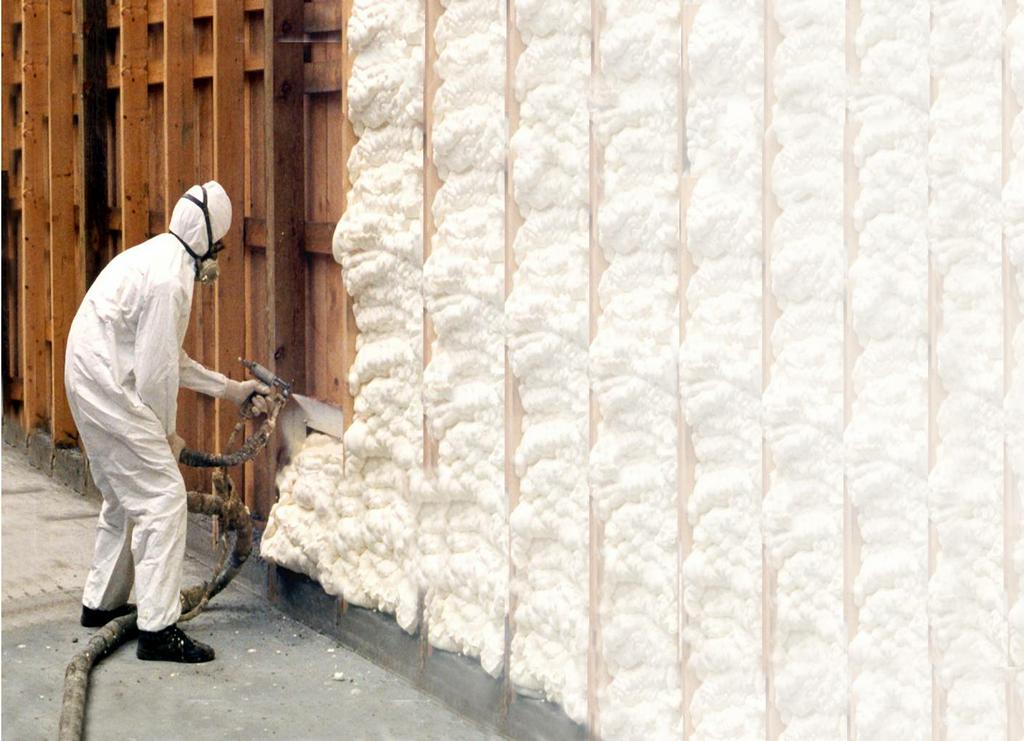
A FEMA-required building material that's supposed to protect buildings from flooding could cause problems in some Houston homes.
The agency says in flood-prone areas, spray-foam insulation or "closed-cell" plastic foam has to be used in floors, walls or ceilings during repairs or for new buildings covered by the National Flood Insurance Program. According to FEMA, the material is "highly resistant" to flood damage, and can be cleaned after a flood to remove most pollutants.
But some say those materials are bad for humid climates.
"Foam in Houston is a horrible thing," said Tom Tynan, Director of the Construction Trades Department at Houston Community College and host of a local home repair radio show.
"It doesn't breathe, and so what you're doing is creating a terrarium in a wall," he said. "It'll create its own little micro-climate."
The Houston remodeling company Creative Property Restoration, Inc. said that "closed cell" spray foam insulation can trap moisture inside walls, which could lead to mold, but that other types of foam called "open cell" wouldn't trap moisture.
Still, companies that sell this type of insulation use the FEMA requirement to promote their products online, and not complying with the rules could lead to more expensive flood insurance.
FEMA did not make anyone available for an interview about why it requires this particular kind of insulation in flood-prone areas.

 91 °F
91 °F